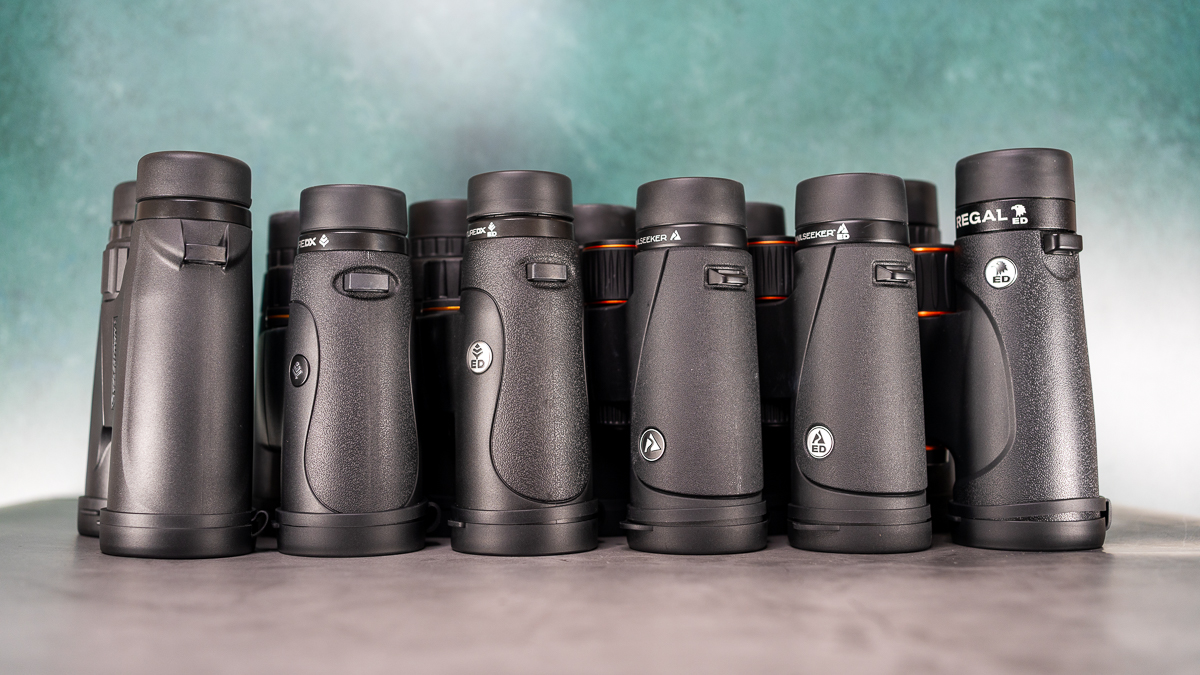What's Next for Exoplanet Searches? Live Science Talks with Astrophysicist Sara Seager
Live Science caught up with Seager this month here at the 2018 Liberty Science Center Genius Gala where she was an honoree. Here's the scoop from Seager on where we're at in this Earth-like planet search and how the heck we'll know when we've found one with the ingredients for life.
Kepler and some other space telescopes have revealed thousands of exoplanets to date. For example, the Transiting Planets and Planetesimals Small Telescope (TRAPPIST) discovered the TRAPPIST-1 family — seven Earth-size planets that orbit a cool, red star. And scientists are en route to find thousands more with NASA's recently launched TESS (Transiting Exoplanet Survey Satellite), according to Seager. "But we're hoping that it will find, like, the very special Goldilocks planets — the ones that could be the right distance from the star, that have rocky surfaces, that are perfect for following up to look at the atmospheres with another telescope." But figuring out if a planet is Earth-like is "incredibly hard," Seager said. [10 Exoplanets That Could Host Alien Life]
That follow-up could be possible with NASA's James Webb Space Telescope, an ever-delayed mission that is now scheduled to launch in 2020. According to Seager, James Webb will allow exoplanet researchers to look at the atmospheres of small planets for signs of water vapor, carbon dioxide or other gases that could indicate the presence of life.
"We all want to find the intelligent aliens that will send us radio signals," Seager said. "But it's more likely we'll just see gases that don't belong." On our planet, plants and bacteria make oxygen, but we shouldn't have the gas because it's so reactive, Seager said.
But that "gas we shouldn't have" gives us the ability to breathe — if other worlds happen upon our own, they might also find it a bit odd.
Originally published on Live Science.
Get the world’s most fascinating discoveries delivered straight to your inbox.

Yasemin is a staff writer at Live Science, covering health, neuroscience and biology. Her work has appeared in Scientific American, Science and the San Jose Mercury News. She has a bachelor's degree in biomedical engineering from the University of Connecticut and a graduate certificate in science communication from the University of California, Santa Cruz.


